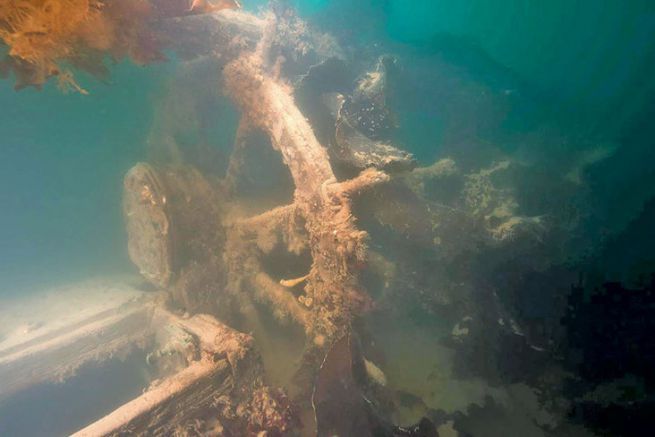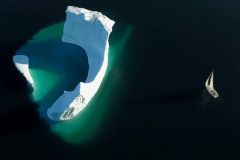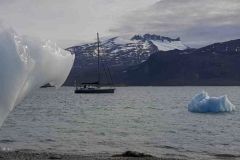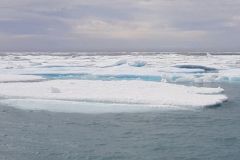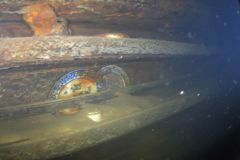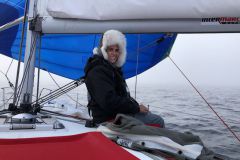A mystery that remained a mystery until 1981
Owen Beattie, a Canadian anthropologist, fascinated by the fate of the Franklin expedition, was inspired by a project to discover the causes of death of crew members whose bodies had been found in the mid-19th century.

He goes to King William Island accompanied by a team of forensic technicians to take samples and conduct analyses. Samples are being taken from the exhumed bodies of a dozen Franklin sailors. When they study them, they note the marks of a strong vitamin C deficiency (generating the scurvy disease) on all the bones as well as marks of skinning on many others confirming cases of cannibalism .

An expedition decimated by lead poisoning
The samples taken also show, after their exploitation in the laboratory in Ottawa, a very high concentration of lead in all tissues. The lead concentration levels found are the highest level of lead poisoning. This lead poisoning inevitably leads to insanity after very serious cognitive problems. The lead present in the bodies came from the solders of some cans and especially from the tanks for the drink water from the desalinators on board (these tanks were covered with lead).
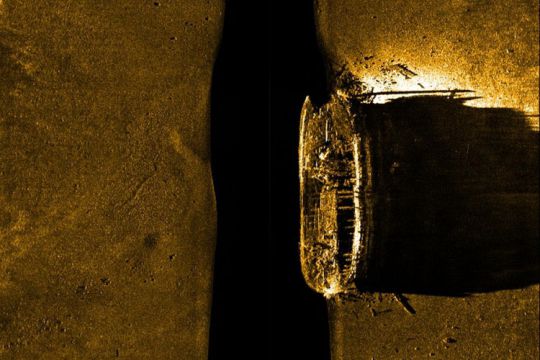
Ship search and discovery
In early 2010, the Canadian government decided to track down the Franklin expedition ships. A team from Canada's National Parks, equipped with short-wave sonar, discovers Erebus in 2014 300 km from King William Island. Then the wreck of the Terror is found in 2016, 100 km further north. Both ships sank, empty and intact.
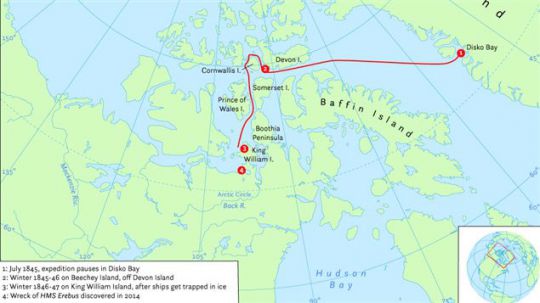
Assembling the puzzle pieces
The Inuit testimonies collected by Mc Clintock in 1854, the relics found in the village, the letter on a sailor, the medical conclusions of the forensic teams and the recently discovered wrecks allow us to imagine the fate of this unfortunate expedition.
We can deduce that the ships were stuck in the ice. The men then separated into several groups. Some stayed two years near their ships while others set out to join civilization by land. These groups abandoned ships intact but caught in ice, leaving much of their supplies behind. Short of food, weakened, plagued by scurvy and madness, the old comrades devoured each other and the remains of the last group discovered by Mc Clintock never made it back to civilization.
They had, in any case, crossed most of the Northwest Passage for the first time.
